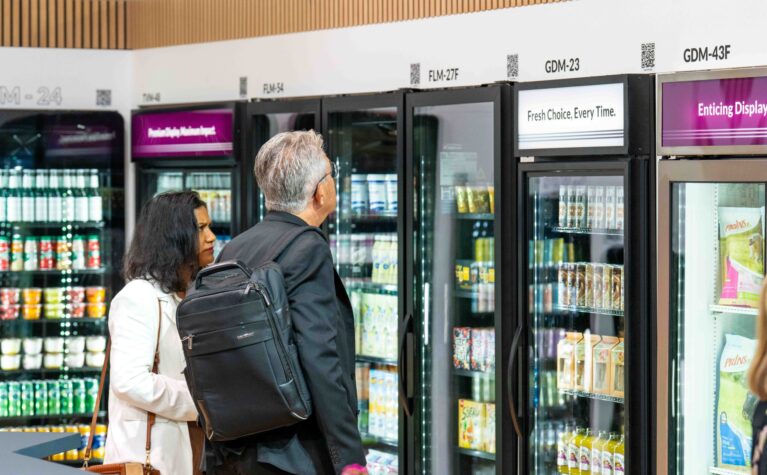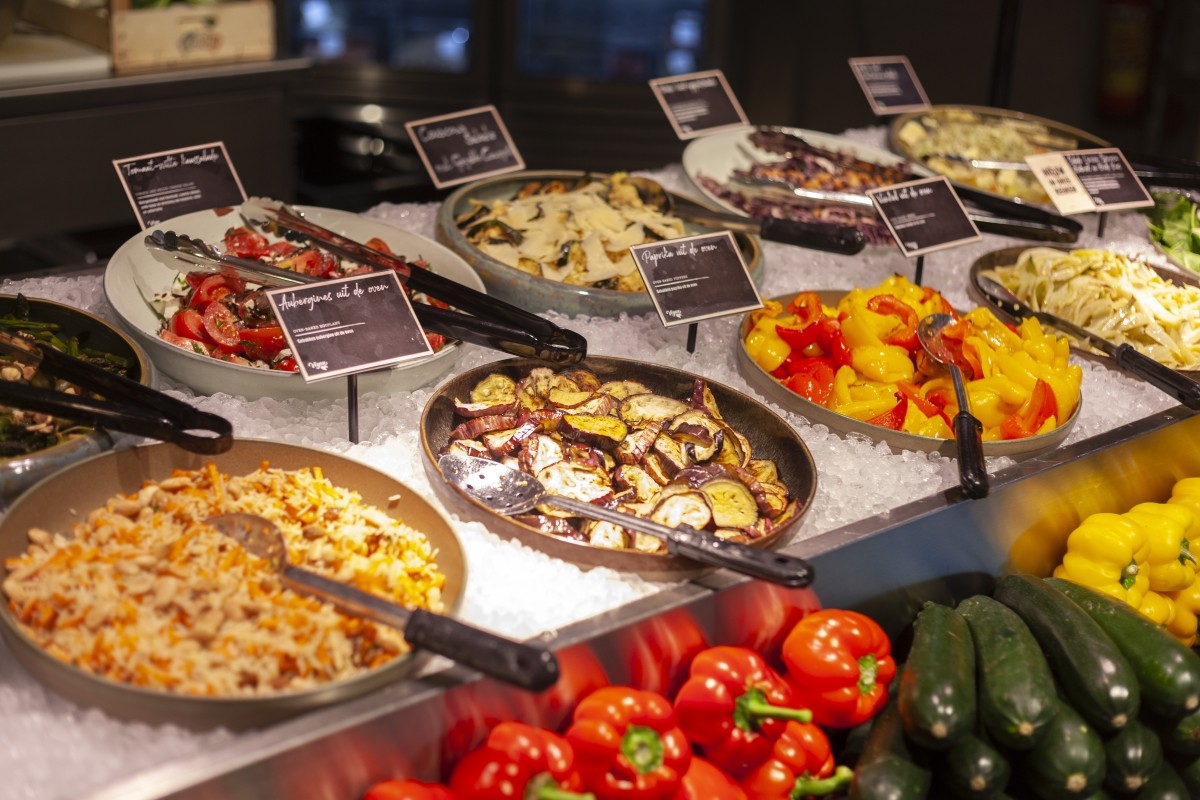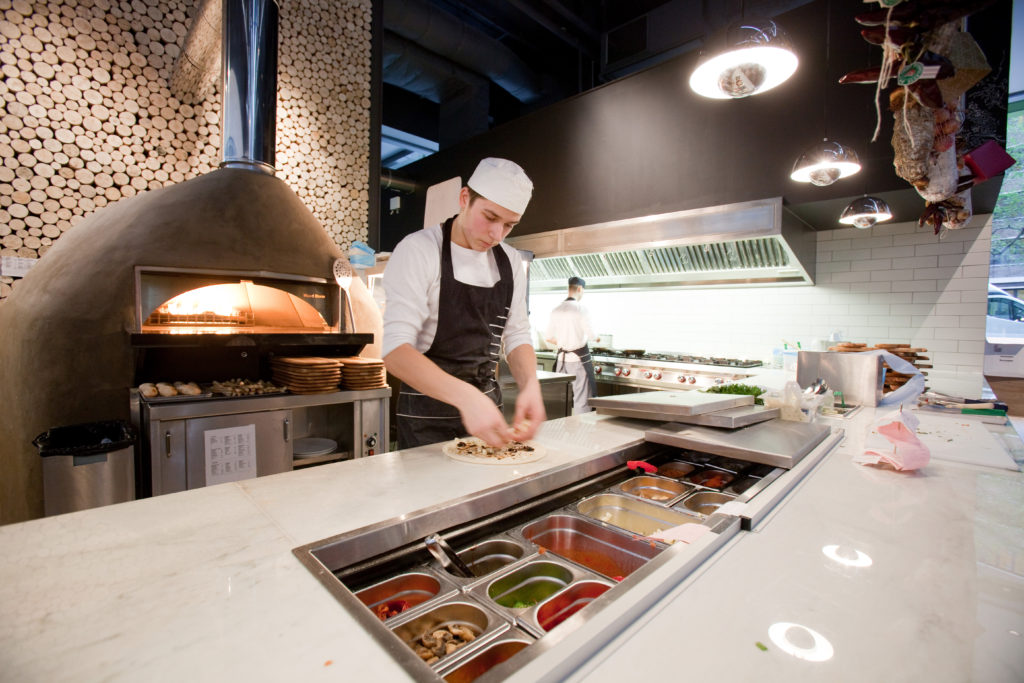What’s next for commercial refrigeration? Trends to watch in 2026 and beyond


The 2019 Nutrition Study, commissioned by Germany’s Food & Agricultural Ministry, surveyed 1000 German consumers about how they choose the foods they most like and at what times of day or night they have their meals. The results show that people are torn between high demands on their own nutrition needs and a lack of time in their daily lives.
To Germans, food should be healthy, fresh and of high quality. Instead of taking time to prepare meals at home, people today eat more spontaneously when they can find the time. One of three persons surveyed says that they eat only when they have time or are hungry. Consumers also like to make their food and meal choices on the spot – rather than planning ahead.
Perhaps more than most other European nationalities, the study shows that Germans still prefer to cook at home more often than eating out. However, that is changing as Germans become ever busier in their work and have more disposable income to eat out instead of taking time to stay at home. This trend is particularly evident in larger cities, but even in smaller towns where the pace of life is only slightly less rushed.

Eating out is increasingly popular in Germany
Foodservice operators have to adapt to changing consumption habits if they want to be successful in the future. For Germans, understanding the conditions and countries of origin in which the food was produced, or whether it is GMO-free is a key factor in eating decisions.
The highest food quality and freshness are required, and refrigerators play an important role in fulfilling these requirements. In addition, professional storage reduces food waste. True uprights and counters maintain constant temperatures, even under the most challenging conditions, and are also leaders in energy efficiency.
As German consumers shift towards meals out of home, they also are very conscious about reducing food waste. 86% of Germans surveyed consider it a responsibility to reduce the amount of food that is discarded. The Ministry of Agriculture and Food even introduced a smartphone app in 2014 called “Too Good for the Bin” which is used by 840,000 people to give them suggestions on how to reduce food waste, both at home and on-the-go.
The use of quality refrigeration can go a long way towards maintaining food freshness and reducing food waste. True upright refrigerators and freezers ensure steady, correct holding temperatures for food items in the back of the kitchen while prep tables help the operator show customers just how fresh their food is at the moment that their sandwich, salad or burger is being prepared.

True prep table keeps ingredients fresh with full visibility
With more money in their pockets and less time on their hands, Germans make decisions on the fly about what they want to eat. The challenge for foodservice operators is to present food items and drinks attractively to customers, so they can capitalize on quick decision making. After all, consumers buy with their eyes and who can resist fresh salads, sandwiches, wraps, fruit juices or smoothies?
True glass door merchandisers do a great job of promoting sales by maintaining freshness within easy reach of a customer’s hands. A wide range of model sizes and options provides the ideal solution for every location.
Keeping up with customer demands is important, as it means selling more stock. Yet turnover is just one factor to consider as customers worry more about waste and energy consumption. You also need to prove added value to your customers and your bottom line – that’s where True has a great deal of expertise.
Paying off your investment in commercial refrigeration through lower energy consumption, less food waste and higher sales are goals you can achieve with True Refrigeration. Send us your specific requirements and we’ll provide you with a solution to fit your needs.